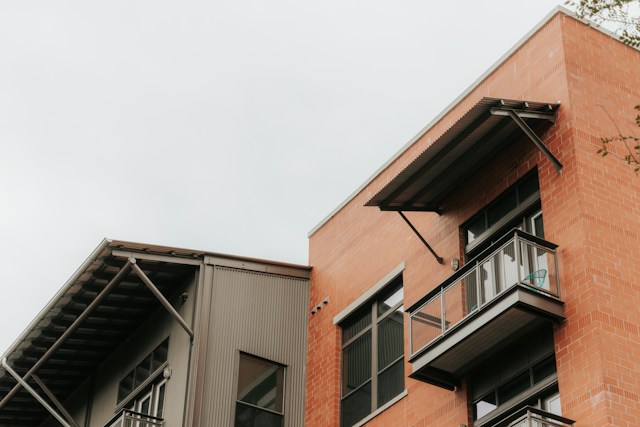Embarking on the investment journey in real estate syndication demands not only capital and interest but a deep dive into operational strategies, community impacts, and financial outcomes. Through an exploration of three modified real-life case studies from multifamily real estate investments, we aim to dissect the nuances that contributed to their success, focusing on operational enhancements, renovation decisions, and the strategic use of professional management.
Case Study #1 – Enhancing a 320-Unit Apartment Community
This venture involved a 320-unit, class B apartment community built in 1983, located in a thriving Dallas-Fort Worth (DFW) submarket. The syndication’s general partner (GP) team focused on transforming this asset through strategic onsite operational improvements and comprehensive unit renovations aimed at boosting rentability and overall value.
Operational Improvements:
- Implementation of cost-efficient property maintenance systems.
- Optimization of rent collection processes to reduce delinquencies.
- Enhancement of tenant screening procedures to improve community quality.
Renovation Details: The renovations targeted kitchens and bathrooms, modernizing them with high-quality finishes and fixtures to align with current market expectations. This upgrade directly contributed to increased rental rates, attracting a higher-paying tenant base.
Value of Professional Property Management: A professional property management team was introduced to ensure optimal asset performance. Their expertise in market trends, tenant relations, and efficient property maintenance created significant value, translating into higher occupancy rates and streamlined operations.
Financial Revision:
- Original Purchase Price: $26.6 million
- Renovation and Operational Costs: Estimated at $4 million
- Final Sale Price: $35.2 million
- Net Profit: $4.6 million (after deducting expenses)
Investor Return Adjustment: For a passive investor contributing $100,000, the revised net profit would equate to a return of approximately $35,000 over the 22-month period.
Case Study #2 – Transformation of a 216-Unit Apartment Community
This case underscores the importance of robust broker relationships, exemplified by acquiring a 216-unit, class B asset, built in 1981 in DFW, off-market for $12.2 million. The syndicate leveraged these relationships to secure the property below market value, enabling a higher profit margin potential.
Broker Relationship Importance: Establishing strong ties with local real estate brokers provided access to this off-market deal, highlighting the value of network and reputation in real estate syndications.
Exterior Renovations: Investments were made in enhancing the building’s exterior, including updating community spaces and improving landscaping. These changes not only uplifted the property’s curb appeal but also fostered a stronger sense of community, directly impacting tenant satisfaction and retention.
Financial Revision:
- Original Purchase Price: $12.2 million
- Exterior Renovation Costs: Estimated at $2 million
- Final Sale Price: $16 million after a 5-year hold
- Net Profit: $1.8 million (after deducting renovation expenses)
Investor Return Impact: For a $100,000 investment, this would result in an adjusted return of approximately $30,000 over the five-year period.
Case Study #3 – Revitalizing a 200-Unit Apartment Community
The third narrative involves a 200-unit class B asset in DFW, purchased for $16 million. An early focus on remodeling 38 units surpassed rental premium expectations, leading to significant value appreciation.
Early Refinance Benefits: Eighteen months into the project, an early refinance allowed investors to pull out a portion of their capital while maintaining attractive cash-on-cash returns. This strategic move not only returned capital to investors early but also leveraged the property’s increased equity to secure better financing terms.
Renovation and Refinancing:
- Initial Investment: $16 million
- Renovation Costs: Not specified, but contributed significantly to the early equity increase
- Refinancing Outcome: Investors received 40% of their capital back while continuing to enjoy robust returns due to increased property value and improved rental income.
Investor Return Perspective: Although specific net profit numbers are not provided, the early refinancing strategy effectively reduced the risk for investors by returning a portion of their capital, while the continued enhancements and management ensured sustained income and potential for future gains.
Conclusion:
These case studies reflect the diverse strategies and decisions inherent in real estate syndication. From detailed operational enhancements and renovations to strategic financing and management, each element plays a critical role in the success of an investment. By understanding these components, potential investors can approach real estate syndication with increased confidence and knowledge, setting the stage for informed decision-making and successful outcomes.




